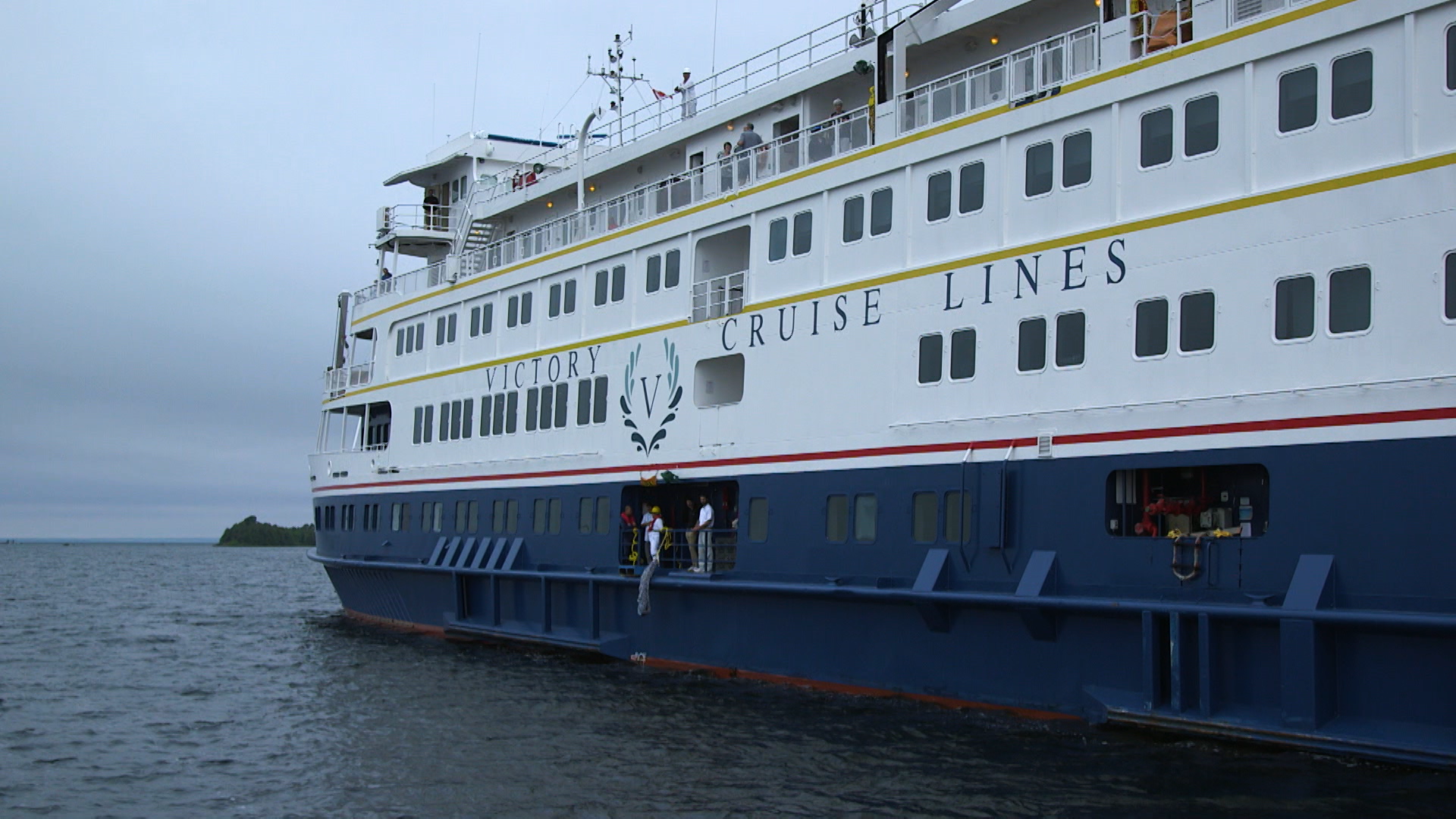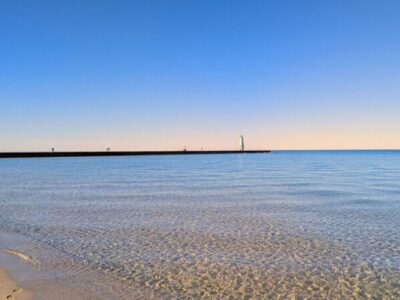
Once left ambiguously up in the air, the rest of the 2020 cruising season in the Great Lakes has been officially postponed until 2021, due largely to preventative measures taken by both American and Canadian ports restricting cruise ship docking to halt the spread of COVID-19.
When one of the largest players in the Great Lakes cruising industry, Victory Cruises, announced it would be cancelling its 2020 itinerary at the end of May, it became much more likely that others would follow suit.
Just two months ago,the rapid spread of coronavirus across the United States and chaos over state and federal management of quarantines put the cruise industry in an uncertain state of flux, but there still remained the possibility that itineraries could pick up later in the year
The Great Lakes Cruising Coalition, an organization based in Kingston, Ontario, representing a consortium of cruise lines operating within the Great Lakes, has been holding virtual meetings with senior management of Transport Canada regarding maritime transport.
“When it comes to cruising, the initial reaction when the pandemic was apparent was to ban cruising until July 31,” said Stephen Burnett, executive director of the GLCC.
“Last week, the transport minister [Marc Garneau] extended that ban until the end of October this year, which effectively puts us out of business.”
Burnett and the companies he represents have tried in vain to argue that the smaller size of Great Lakes cruising vessels made them significantly less likely to act as transmission vectors for COVID-19 as compared to ocean-going vessels that can carry several thousand passengers and hundreds of crew.
However, in a news release issued by Transport Canada, the guidelines clearly state that “cruise ships with overnight accommodations allowed to carry more than 100 persons are prohibited from operating in Canadian waters until October 31, 2020.” This includes both passengers and crew.
Watch this Great Lakes Now segment on the Great Lakes cruise industry:
API key not valid. Please pass a valid API key.For Victory Cruises, another aspect of Transport Canada’s regulations that effectively barred their ships from operating within the Great Lakes is the Merchant Marine Act of 1920, more commonly known as the Jones Act. One of the stipulations within the Jones Act is that any non-U.S.-flagged ship cannot travel directly from one American port to another, it must make a foreign stop in between. Both Victory cruise ships operating within the Great Lakes, Victory I and Victory II, are flagged for the Bahamas.
Even for U.S.-flagged vessels like those that belong to Blount Small Ship Adventures, they face unique handicaps of their own.
“People want to go but we can’t get them to where they want to go,” said Kerri Fitzgerald, Blount’s marketing manager.
“Our sailing that hits the Great Lakes leaves out of New York City and goes through the Erie Canal. So if you can’t go through the Erie Canal because the Erie Canal is closed, then you can’t get to the Great Lakes.”
Gov. Andrew Cuomo of New York signed the “New York State on PAUSE” executive order, which halted all non-essential work, including for repairs and maintenance of the Erie Canal, resulting in its closure. Reopening of parts of the Canal were scheduled for May 15, a deadline that shortly proved to be over-ambitious. The portions of the Erie Canal between Finger Lakes and Lockport are expected to reopen by July 4.
For now, the Great Lakes cruising industry is focused on reorganizing for 2021.
“We are squarely planning for the future,” said Burnett. “This pandemic is causing, from our perspective, only a short hiatus.”
Keep up with Great Lakes Now COVID-19 coverage:
Green Reset: COVID-19 offers opportunity for lighter environmental impact
Day in the Life: How are Shedd Aquarium’s animals coping in the absence of visitors?
Cruises Continue Amid COVID-19: Uncertainty mars but doesn’t stop Great Lakes cruises
Featured image: Victory Cruise Lines Great Lakes cruise (Great Lakes Now Episode 1005)




